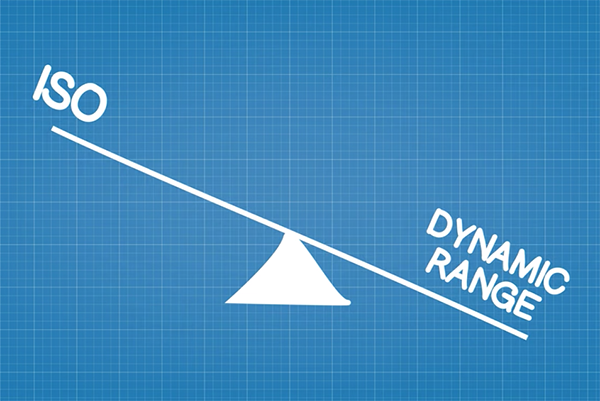No More Blown-Out Landscape Photos: 5 Foolproof Techniques (VIDEO)
Landscape photos with overexposed highlights are a common problem with scenes that include a wide range of tones that exceed the dynamic range of your camera. This tutorial from the Photography Explained YouTube channel provides a handful of simple tips for avoiding “those annoying big white patches in your images that are totally devoid of detail.”
This problem is particularly acute in scenes with overly bright skies as compared to the darker foreground and midrange in the frame. Today’s unnamed instructor kicks off today’s lesson like this: “Don’t worry because I have five tricks that will help you tame those wild highlights and make the most of your camera’s dynamic range.”
Put simply, the term dynamic range describes the variations in tones from the darkest shadows to the brightest highlights that a camera is capable in a single shot. Here’s the key point: our incredible eyes have a dynamic range equivalent to about 20 stops, while cameras lag behind with only 10-16 stops. Hence, the difference between what we see and what a camera’s sensor can resolve.

The first step is to develop an intimate relationship with your camera’s histogram and know how to interpret this simple graph to evaluate the tonal range within the frame. Only then can you adjust other key variables appropriately. The right side of the histogram represents highlights, the left side denotes shadows, with all other tones falling somewhere in between.
Another key consideration is the ISO setting you choose in these situations, and you’ll learn why our instructor suggests keeping it low. This variable determines how sensitive a sensor is to light. So “the higher the ISO the more the signal is amplified, which means you can shoot in darker situations. But there’s a catch, because by cranking up this setting you’re also reducing a camera’s dynamic range.”
Embracing HDR is another method that’s useful for avoiding photographs with blown highlights, and this approach requires a bit of post-processing. Here you’ll capture multiple shot (three is usually enough) of a scene, each with a different exposure setting. Then they’re blended together to achieve one perfect shot with maximum dynamic range.

There are two more tips left to go, and they’re just as easy to understand and put to use as those mentioned above. So watch until the end and improperly exposed landscape photos will be thing of the past. Then pay a visit to the Photography Explained YouTube channel for more instructional videos that will definitely expand your skills.
We also recommend watching the tutorial we featured last week with an image-editing expert who demonstrates a two-click Photoshop technique for enhancing photographs captured in boring light.





